Post by Mikah Brandes, undergraduate at Portland State University, NIH BUILD EXITO scholar and NW Noggin volunteer
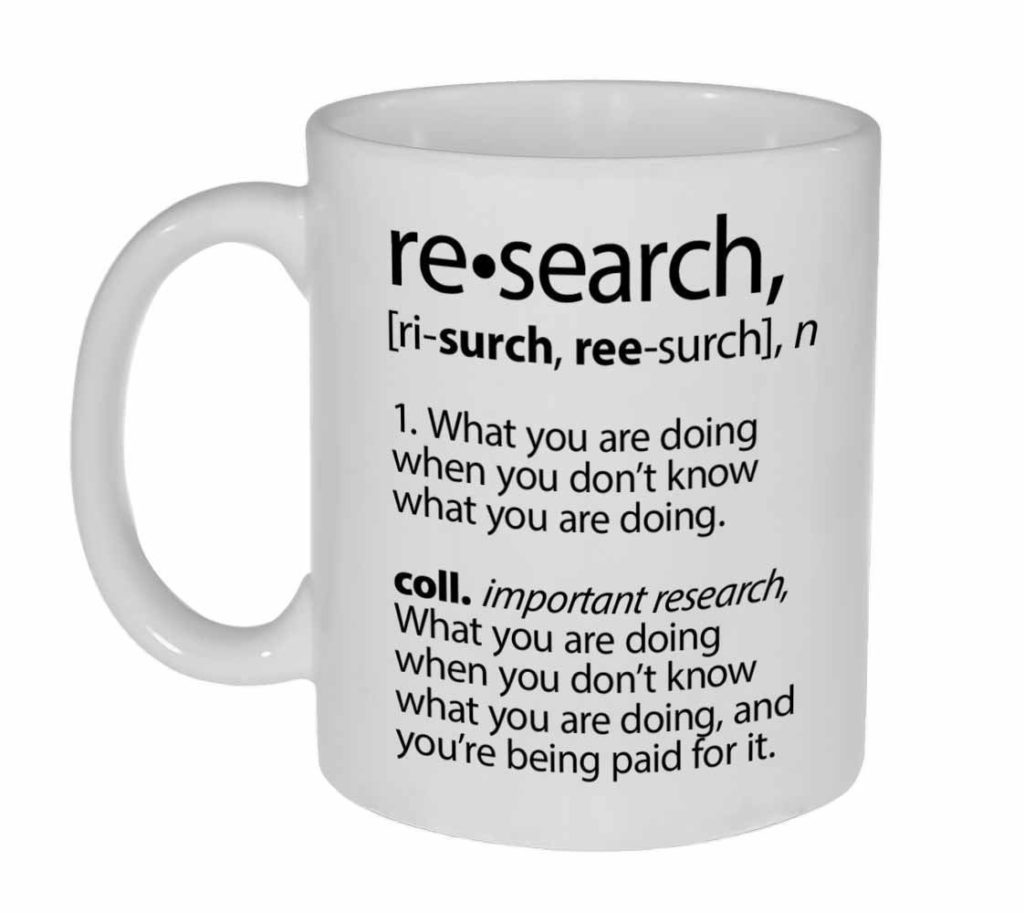
LEARN MORE: Neurons Not Included
My sister gifted me a coffee mug last year after my first term working in a research lab in fall of 2018. She had already been a research assistant for a year at Oregon State University and felt like a mug that gave two definitions of ‘research’ would fit me well. On one side of the mug is written, “research [ri-surch, ree-surch], n 1. What you are doing when you don’t know what you are doing. coll. Important research, What you are doing when you don’t know what you are doing, and you’re being paid for it.” The mug is a great reminder of what this world I’ve lived in for over a year has been like.
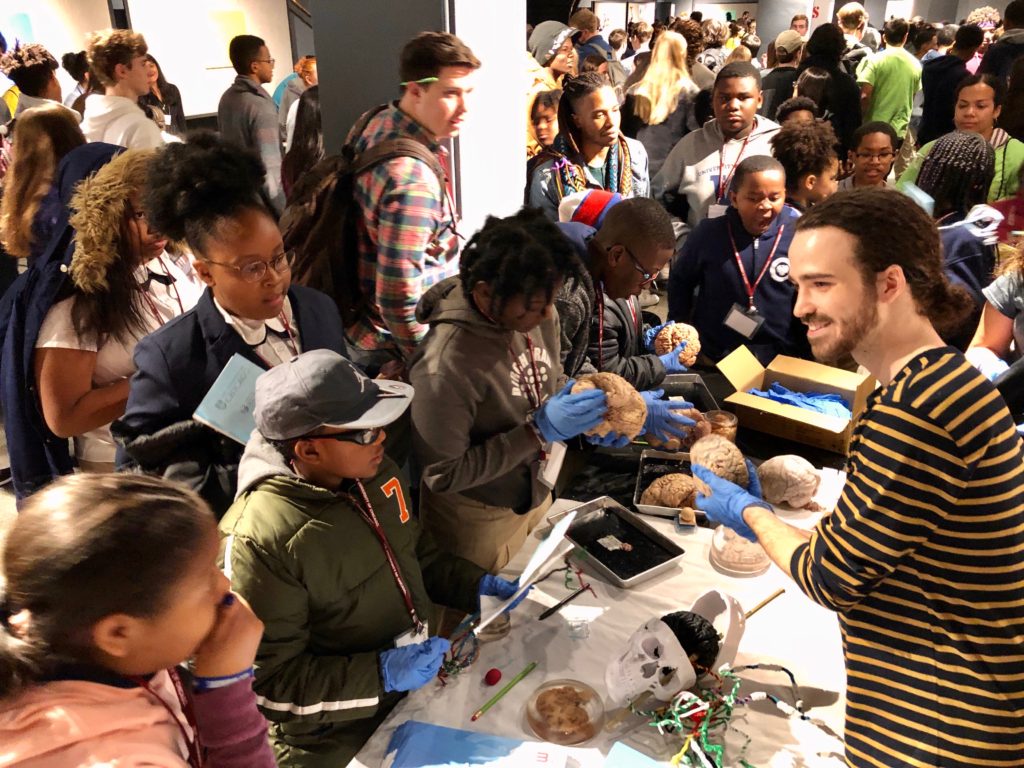
I was placed in a research lab at the Veterans Administration (VA) Hospital here in Portland thanks to BUILD EXITO (PSU). BUILD EXITO is an undergraduate training program that leads students from all backgrounds on a pathway to success in research. Fortunately, when I was a freshman in community college and knew I was interested in the brain but didn’t know what to study, I met with an enthusiastic Psychology professor who helped me apply to this program. Two years later I moved to Portland and began working in the Joseph Quinn lab for Dr. Nora Gray, Ph.D., an Assistant Professor of Neurology at OHSU.
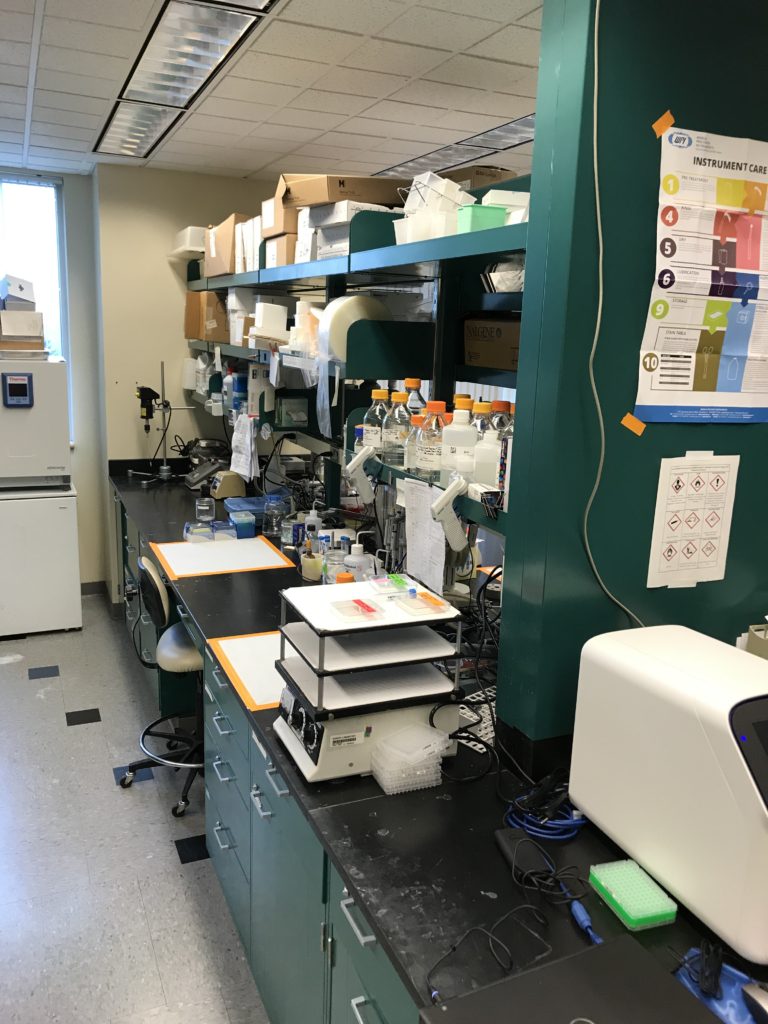
Neurodegeneration has always been an area of neuroscience that intrigued me, thus when I was placed in Dr. Gray’s lab that primarily focuses on the biochemical pathways that underlie aging, Alzheimer’s disease (AD) and Parkinson’s disease (PD), I was filled with excitement. In just over a year, I have presented a poster at both the PSU Student Research Symposium and OHSU Research Week, and attended nationwide conferences (including the Society for Neuroscience!) with support from BUILD EXITO, Dr. Gray, NW Noggin and the Portland Alcohol Research Center at OHSU.
LEARN MORE: The critical role of metabolic pathways in aging
LEARN MORE: Neurodegenerative disease: models, mechanisms, and a new hope
In our lab we use both mouse (a.k.a. “murine“) and cell culture models of aging, AD, and PD to explore how treatment with the plant Centella asiatica (common name: ‘Gotu Kola’) and regulation of an endogenous (“produced by the body”) antioxidant response pathway might affect mitochondrial and neuronal health, as well as cognitive function.
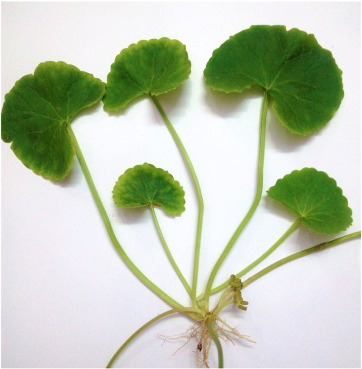
LEARN MORE: Better mouse model built to enable precision-medicine research for Alzheimer’s
LEARN MORE: Centella asiatica (L.) Urban: From Traditional Medicine to Modern Medicine with Neuroprotective Potential
LEARN MORE: Centella asiatica in cosmetology
Earlier in the term we were elated to learn that our manuscript, “Loss of NRF2 leads to impaired mitochondrial function, decreased synaptic density and exacerbated age-related cognitive deficits,” had been accepted for publication through the Journal of Experimental Gerontology!
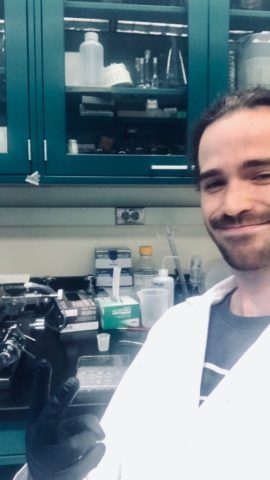
NRF2 (nuclear factor erythroid-2-related factor 2) is a transcription factor (a protein that regulates the expression of many genes) that is ubiquitously expressed in the mammalian nervous system and binds to antioxidant response elements in the promoters of antioxidant genes. It is known to protect cells against damaging oxidative stress through activation of the endogenous antioxidant response pathway. Therefore it is thought that activation of NRF2 may be a viable therapeutic target for various diseases accompanied by increased oxidative stress, including AD, PD, and cancer.
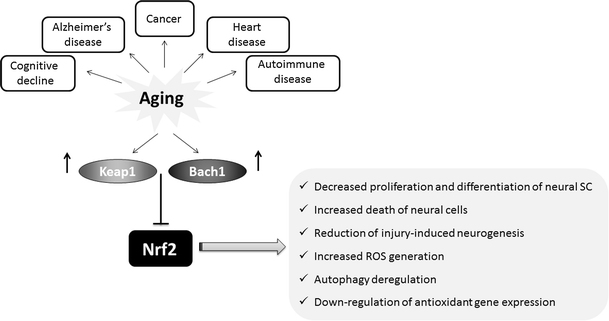
LEARN MORE: Genetic Terminology
LEARN MORE: The Nrf2-Antioxidant Response Element Signaling Pathway and Its Activation by Oxidative Stress
LEARN MORE: The Nrf2-antioxidant response element pathway: a target for regulating energy metabolism
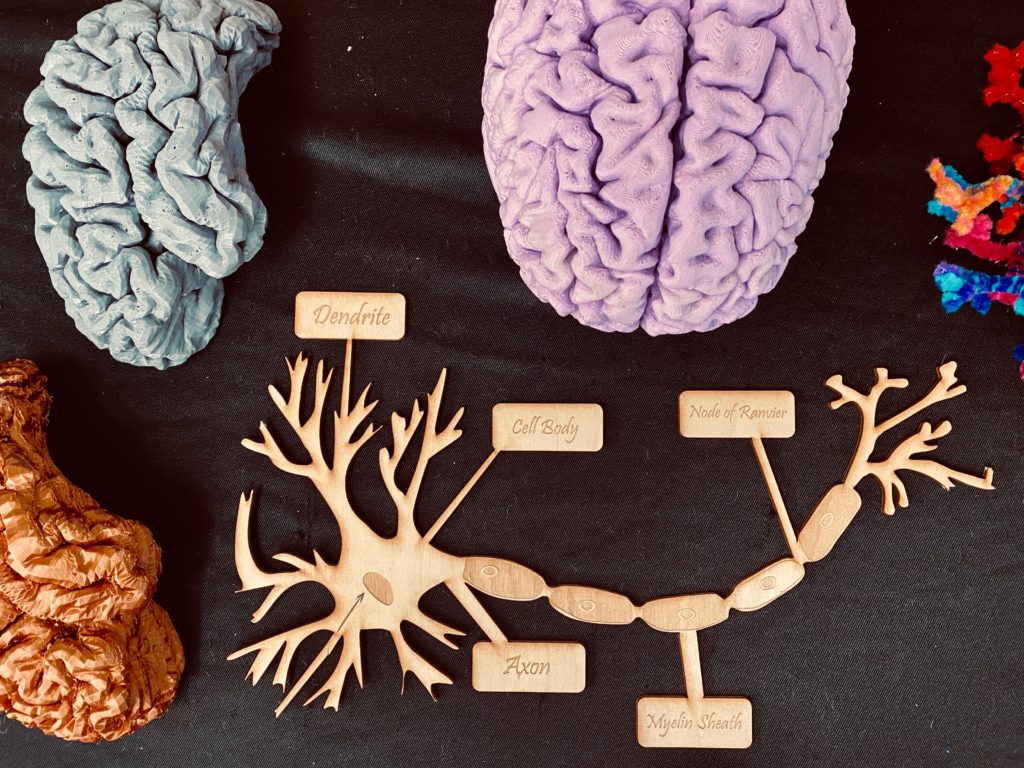
The work I did (which was included in the published paper) was to investigate the effects of NRF2 deletion (removing the gene) on the amount of dendritic arborization (i.e., how many dendrite branches formed) in primary hippocampal neurons. The hippocampus is a seahorse-shaped brain region in the middle of your temporal lobes critical for aspects of memory.
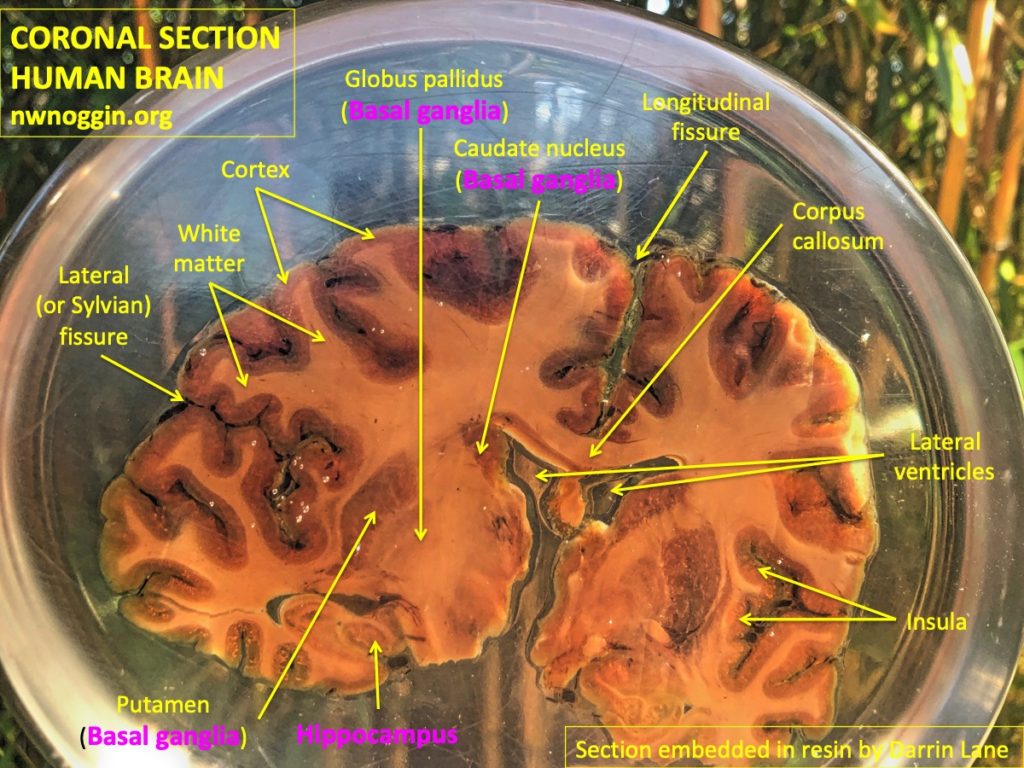
LEARN MORE: Neuroanatomy, Hippocampus
LEARN MORE: Memory function and the hippocampus
Using a delightful program that draws circles in 10 micrometer increments around a neuron, I was able to quantify (count!) exactly how many times the neurites crossed the circle lines. I found that compared to the wild-type (“WT”; or typical) neurons, the neurons in which the NRF2 gene had been “Knocked Out” (“NRF2KO“) showed significantly reduced dendritic arborization, which indicates decreased neuronal health.
So from this experiment it looks like NRF2 is important for healthy primary hippocampal neurons. Here is a useful figure from the paper to help show what I mean.
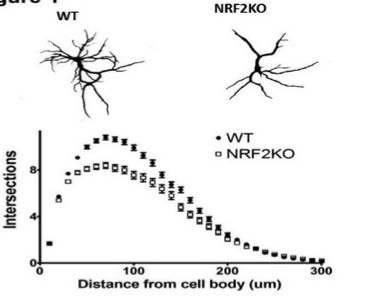
LEARN MORE: Branching out: mechanisms of dendritic arborization
LEARN MORE: Assessment of Dendritic Arborization in the Dentate Gyrus of the Hippocampal Region in Mice
Centella asiatica (“Gotu Kola”) is a plant that has been used for centuries in traditional Chinese and Ayurvedic medicine for improving memory.
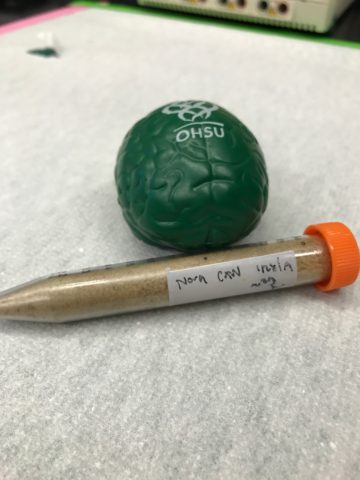
We use a water extract of Centella asiatica that we call CAW and provide to mice in their drinking water. Different experiments use different genotypes of mice. We have worked with transgenic mice that express mutant genes for familial (inherited) AD who develop AD-associated beta-amyloid pathology as they age, and also mouse models of aging, mice that express alpha-synuclein pathology (protein aggregates that are characteristic of PD) as well as mice that have had their NRF2 knocked out.
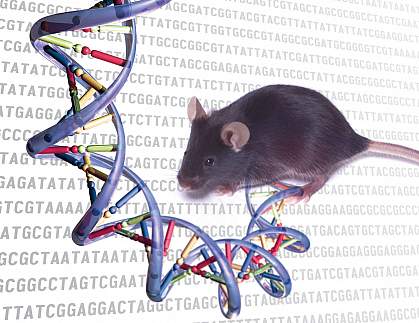
LEARN MORE: Transgenic Mouse Models of Alzheimer’s Disease
LEARN MORE: Genetics of Alzheimer Disease
We just recently found that CAW improved cognition in aging WT mice but not those where NRF2 had been deleted, suggesting that this beneficial effect is potentially dependent on the activation of NRF2.
Halfway through the term I was also very excited to learn that the review paper that I worked on with Dr. Gray titled, “NRF2 as a therapeutic target in neurodegenerative diseases” had been accepted for publication in the American Society for Neurochemistry (ASN Neuro) journal! It is, officially, “now in press.” It was at first extremely daunting, but ultimately very helpful that I had these experiences with writing sections of a paper.
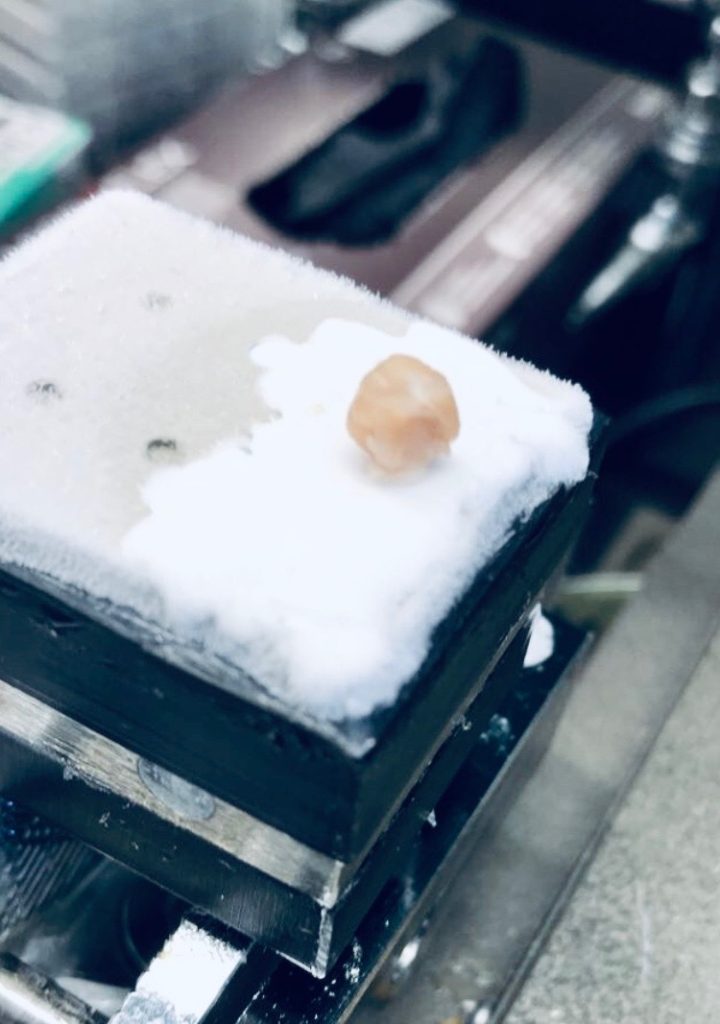
Seeing the science unfold from hypothesis through data collection to analysis and finally writing it all out has made me appreciate and understand the world of research so much more.
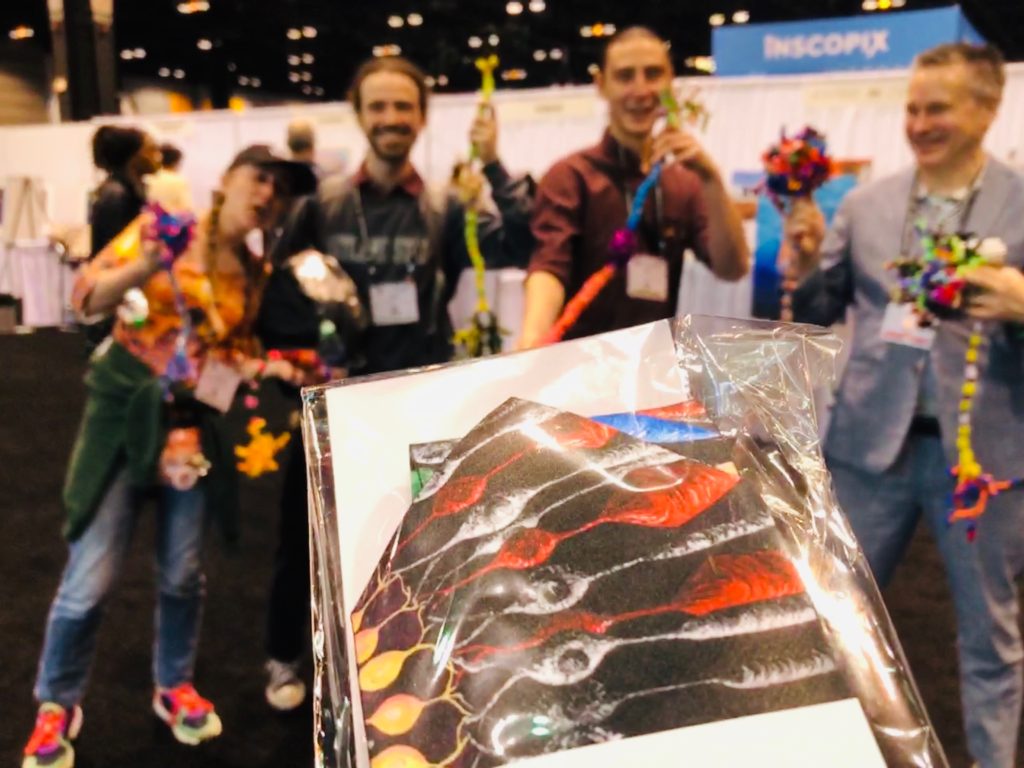
BUILD EXITO has been the greatest opportunity I could have dreamed of and I now feel confident in achieving my goals, especially with the immense support of my colleagues, mentors, and professors.
LEARN MORE: Learn about BUILD EXITO
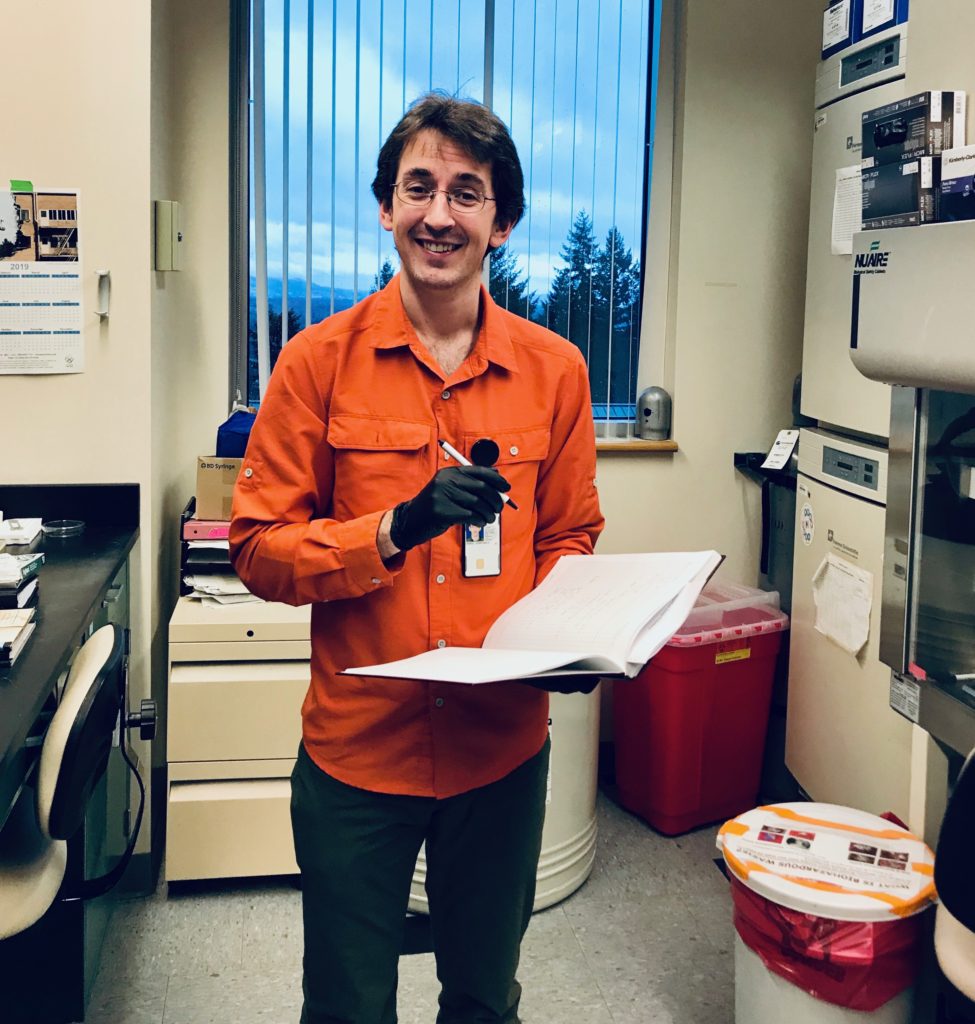
I want to thank Jonathan Zweig, who has been a great mentor at the bench and also a great friend, and Dr. Bill Griesar for all his support as an EXITO career mentor and PSU professor and for showing me, through outreach, how exhilarating it feels to talk with children from all ages about my developing knowledge in neuroscience.
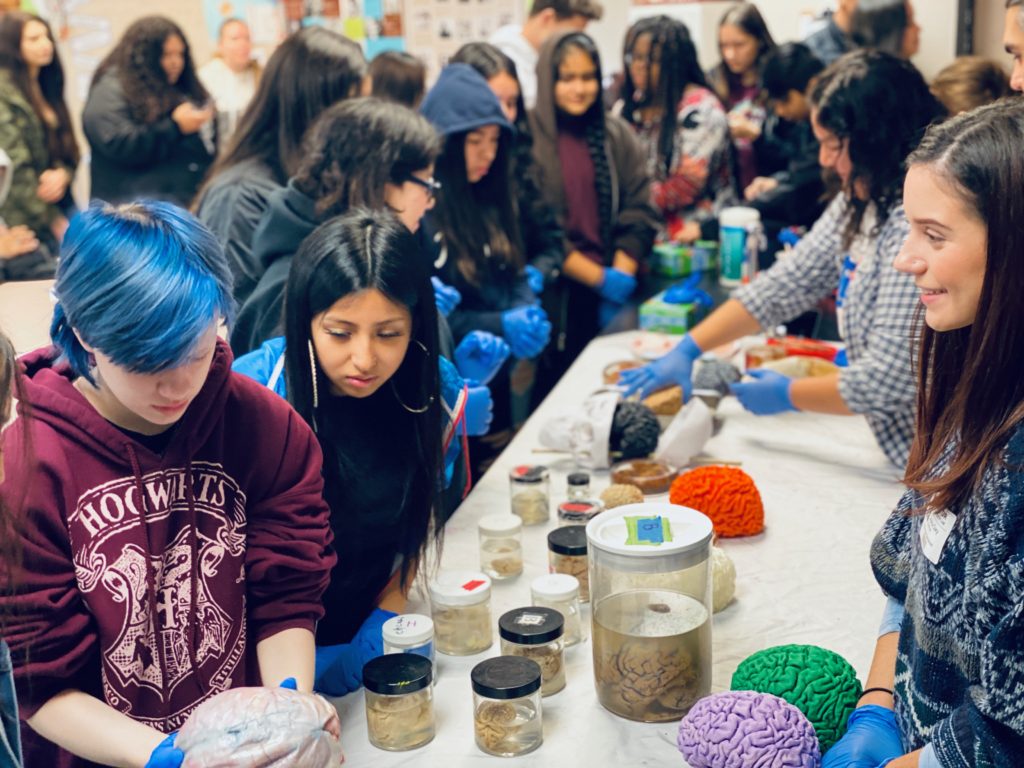
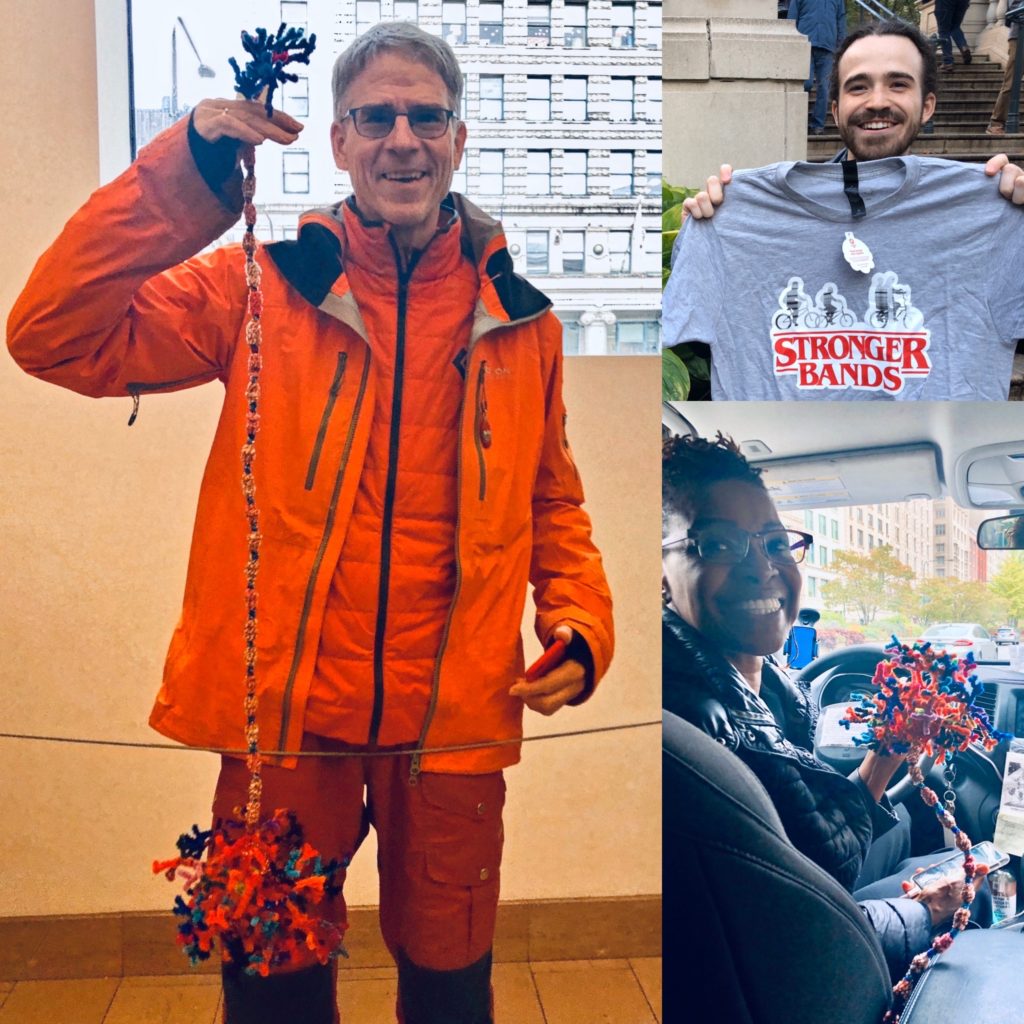
LEARN MORE: NW Noggin
And of course, Dr. Nora Gray.
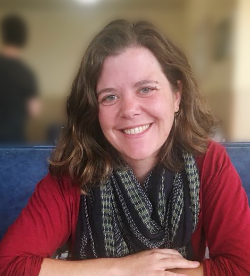
I wouldn’t be writing this post on NW Noggin if it weren’t for the relationship we have and the tremendous support that I’ve received from her. If anyone reading this is interested in getting involved in research because you have liked what you’ve learned in one of Bill’s classes or at a NW Noggin outreach event, please feel comfortable contacting me or Bill about how you can! I urge anyone who feels that they would like to do research to apply for BUILD EXITO in winter term and come to upcoming NW Noggin outreach events. You’ll connect with others, grow your networks, and contribute to our understanding of who we are.


